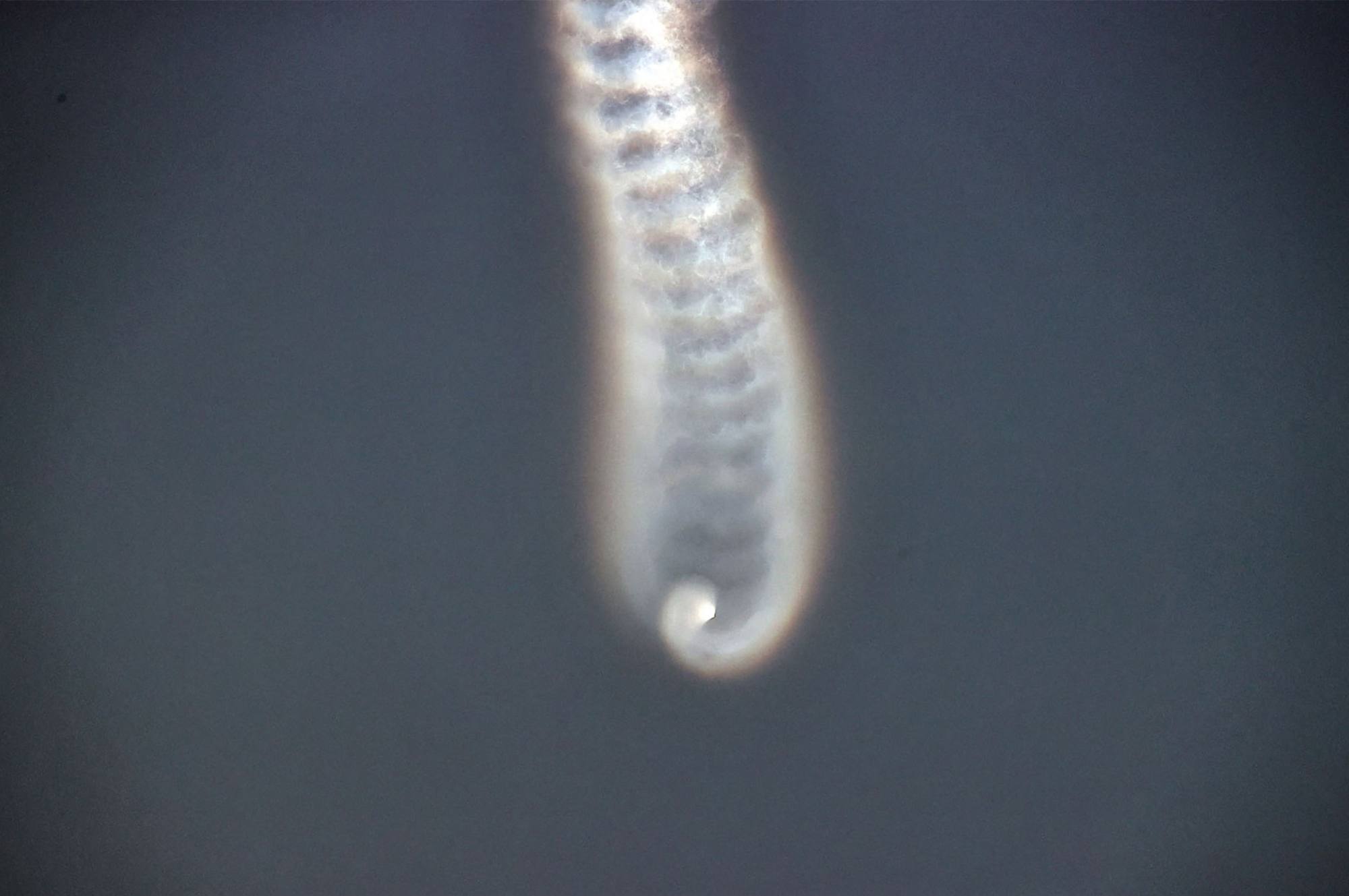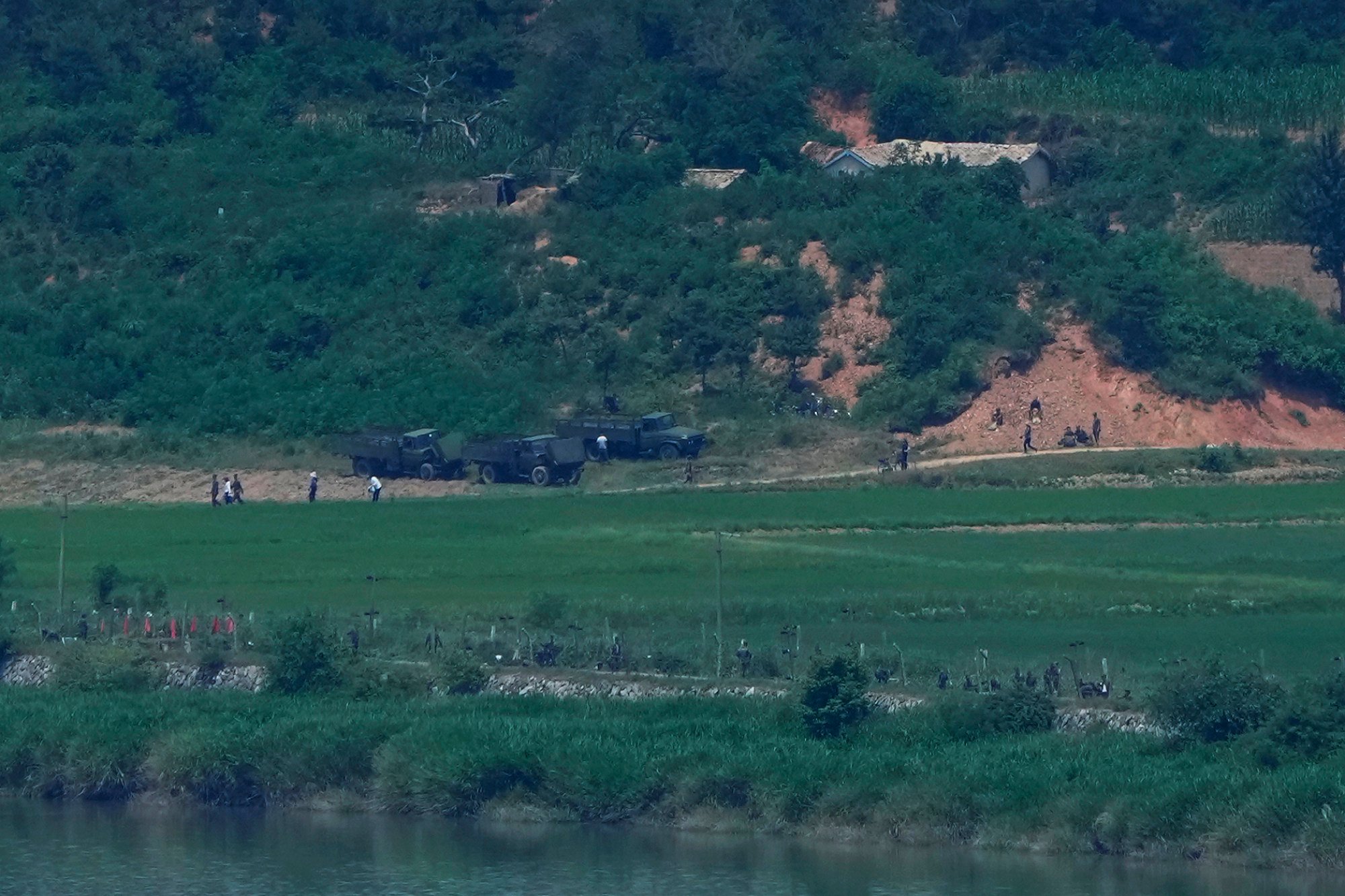“North Korea’s missile launched yesterday exploded in an early stage of the flight,” Colonel Lee Sung-jun, spokesman for Seoul’s Joint Chiefs of Staff, said on Thursday.

The North said the test used “the first-stage engine of an intermediate-range solid-fuel ballistic missile within a 170km-200km radius”, which is favourable for measuring the flight characteristics of the MIRV.
The MIRV was accurately guided to three target coordinates, it claimed.
Its Missile General Bureau “successfully conducted” a test of manoeuvrable warheads’ separation and guidance, which was “of great significance in achieving the goal of upgrading missile technology”, mouthpiece newspaper Rodong Sinmun said.
The goal of the test was “to ensure the capability of destroying different targets with multiple warheads”, it said.
However, experts argue that further validation is needed, noting that the North has a track record of exaggerating military technology advances and manipulating pictures of missile launches.
“Barring such an alteration of photos, these pictures published by North Korean media appear to back up their allegations that the test was for verifying technology needed for a missile carrying multiple warheads and decoys”, Lee Il-woo, a senior researcher at the Korea Defence Network think tank, told This Week in Asia.
“The South might have mistaken the separation of multiple warheads and decoys from the payload module as a mid-flight explosion of a hypersonic ballistic missile.”

Such a low-flying missile carrying multiple warheads and decoys could pose serious threats to US aircraft carriers operating near the Korean peninsula, he said.
The development of MIRV technology, crucial for evading missile interception, was one of the stated goals in North Korea’s five-year military build-up plan announced in 2021.
Chang Young-keun, a missile scientist at the Research Institute for National Security Strategy, said the missile test was not undertaken at high enough altitudes to ensure guidance and re-entry capabilities for intercontinental ballistic missiles.
“The primary objective appears to be to verifying guidance control systems” of a post boost vehicle, he told This Week in Asia. Such vehicles deploy multiple warheads and decoys after the main booster phases.

إرسال تعليق